When we talk about metrics to measure the function of a website using an analytical tool, such as Google Analytics, the bounce rate is one of the most important indicators. But not everyone really knows how to analyze this data.
With this article, we want to take a look at what the bounce rate really is, how to interpret it according to our web type, and we will give you some tips to reduce it if it is too high.
What is the Rebound Percentage?
If a person visits your page, either because they found it through a search engine, a link from another website, or even an advertisement on social networks, it’s because they are most likely interested in seeing a particular page, article or product on your website. Ideally, they’ll browse through your website a little after clicking. And hopefully, they’ll visit you again. This means that your website is well liked, and that the users are happy with it.
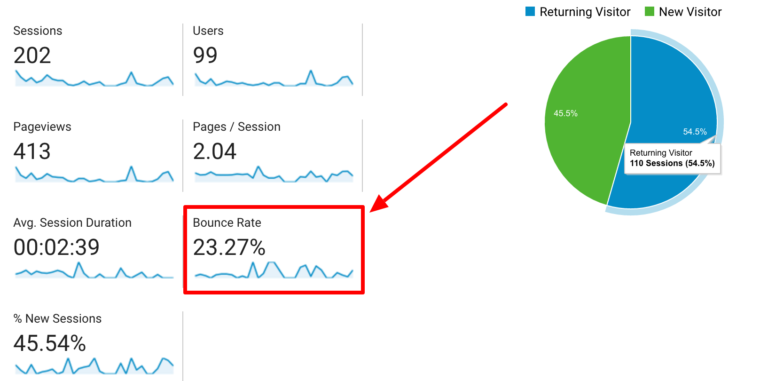
With the bounce rate, we will be able to measure, in a way, that our web “has liked”. According to Google, the bounce rate is the percentage of sessions that visit a single page of our website. In other words, it is the percentage of visitors that come to your website and, without doing any interaction on another page, decide to abandon it.
But is this really negative? Is it bad for someone to enter your blog, read an article that we have published, and ends up abandoning ship? Of course not. For this same reason, when analyzing the percentage of bounce, we must also take into account the time spent by users on our website.
But first of all, we have to know where we can see all this information.
Where do I find the Rebound Percentage?
All data regarding rebound rates and percentages can be found using Google analytics. This tool from Google is very useful to know all the measurements and statistics of your website.
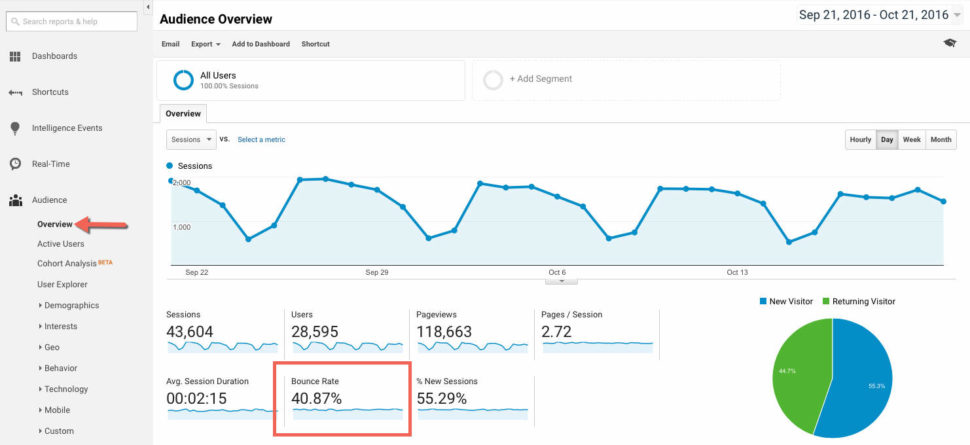
First, enter the Audience section, and then click on Overview. Here we can see both the percentage of rebound, as the average duration per session, pages per session, and unique users.
Rebound Types
Imagine that you are analyzing a website that has a single page. You can probably guess that the percentage of bounce will be very high, since those who enter it will not continue browsing the website for a simple reason: there are no more pages where they can do it.
On the contrary, if we are measuring an online store, the ideal bounce rate should be very low. We want visitors to see a product, and keep moving around the store until they make a purchase.
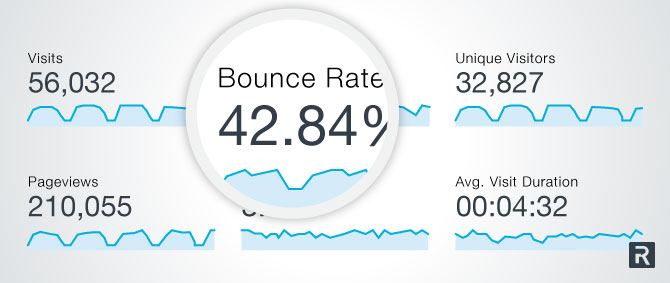
The bounce rate has to be interpreted according to the purpose for which a website has been created. Therefore, it is very important when reading the metrics, to consider everything said so far before considering whether a bounce rate is good or bad.
Tips for Reducing the Rebound Percentage
Once we have all the information in our hands, we can see how we can reduce our bounce rate. You can follow these simple tips to further improve your website, and make it more attractive to future users and visitors.
Attractive design

You’ve most likely been in a situation where you left a website because it has an archaic aspect without even having read the content. Or the navigation through the menus is so cumbersome that consider it practically impossible to use. The website should be designed so that the user feels comfortable in the navigation and the overall design aspect is modern and fresh.
Related content

If you have a blog, you should probably aim to produce articles that are related to the one your visitors are already reading. Or if you have an online store, show products of the same category or that have some kind of relationship, to make it more attractive for your users to continue using it.
Internal links
The more links you incorporate within your website, the more possibilities there will be for visitors to click on any of them. That being said, if we put too many hyperlinks, we can create the opposite effect. It is very important that we keep these links updated, so as not to lose visitors.
Loading time
Avoid excessive loading with images that weigh too much, too much publicity, or the indiscriminate use of JavaScript. If a web page takes a long time to load, the impatient visitor can and will abandon it completely in search of alternatives.
Page 404
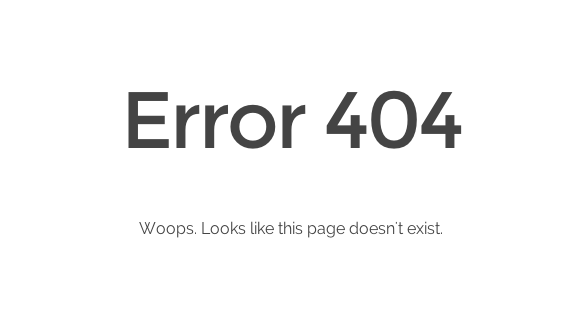
We’ve all come across this page. You can always insert some creative design in this type of page, or even links to other parts of your website, so that the user doesn’t just leave the page and ultimately leave you hanging.
The conclusion
There are many, I repeat, many different ways you can increase or decrease the rebound rate of your website. As we discussed above, there are a few reasons for both. The key is to know what you want, and to know what your visitors want.
If you see that you don’t have the desired percentage on your website, it’s pretty obvious that you need to make a change. What’s not obvious is how you should go about changing it. Follow these few simple tips, and you’ll find the methods that works right for you.





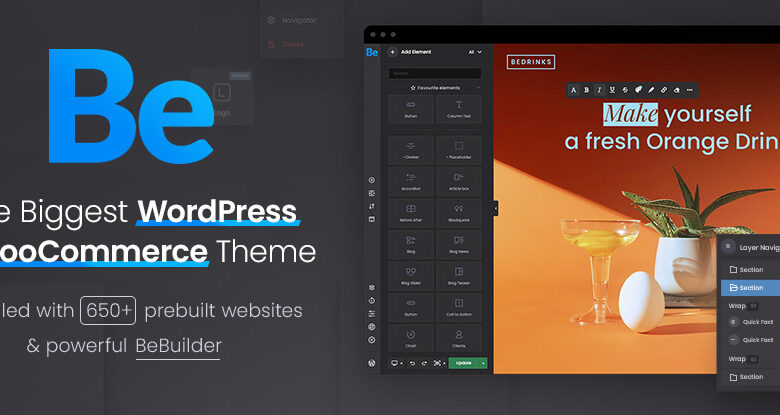
Leave a Reply